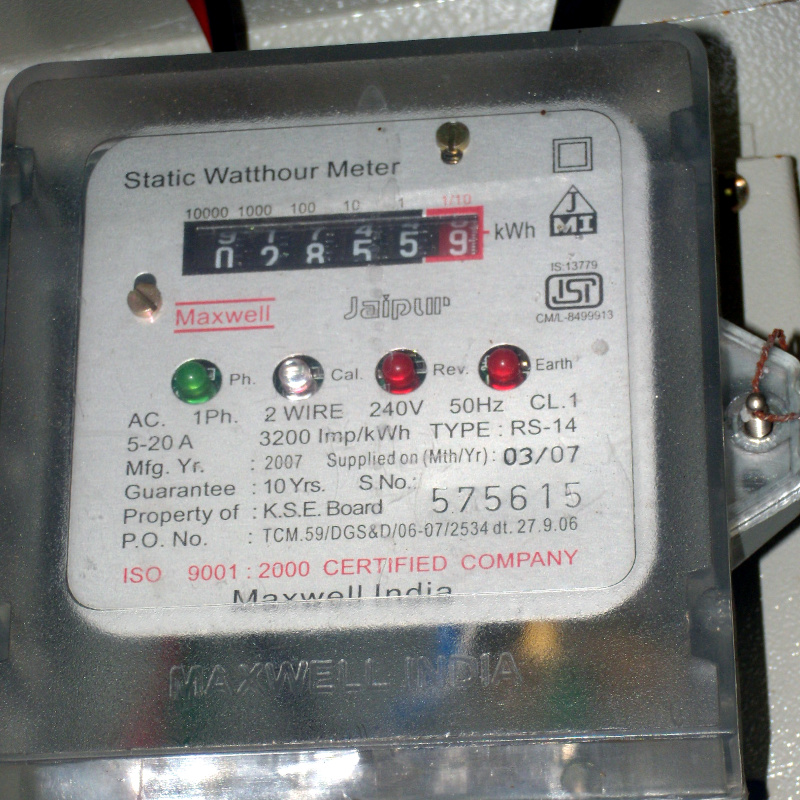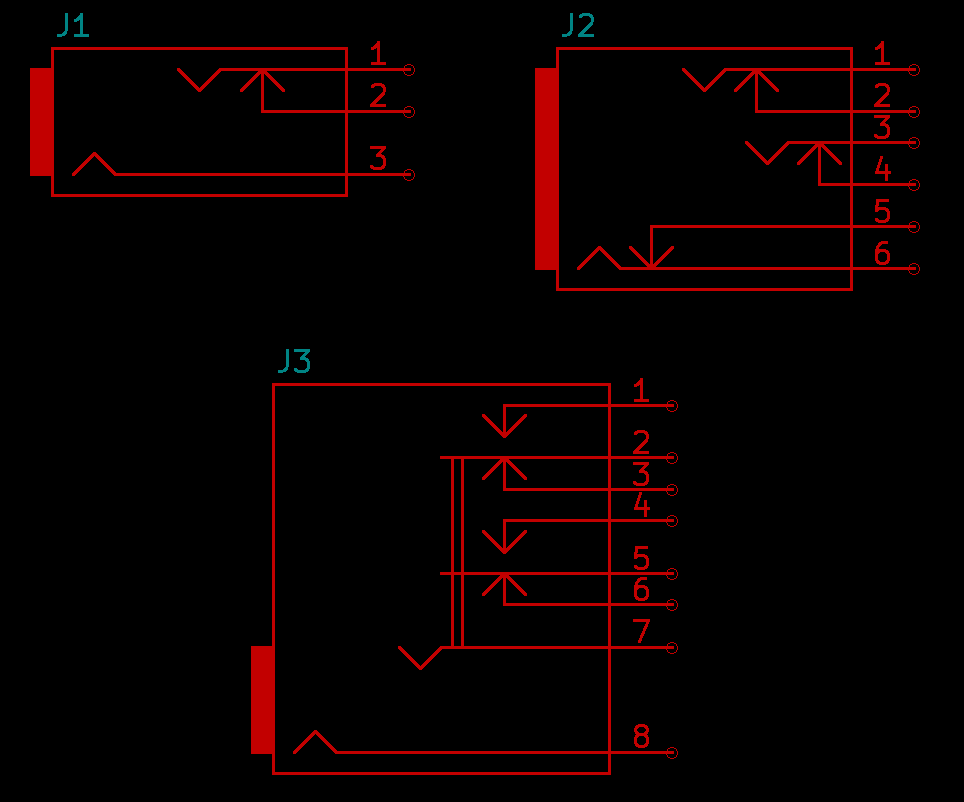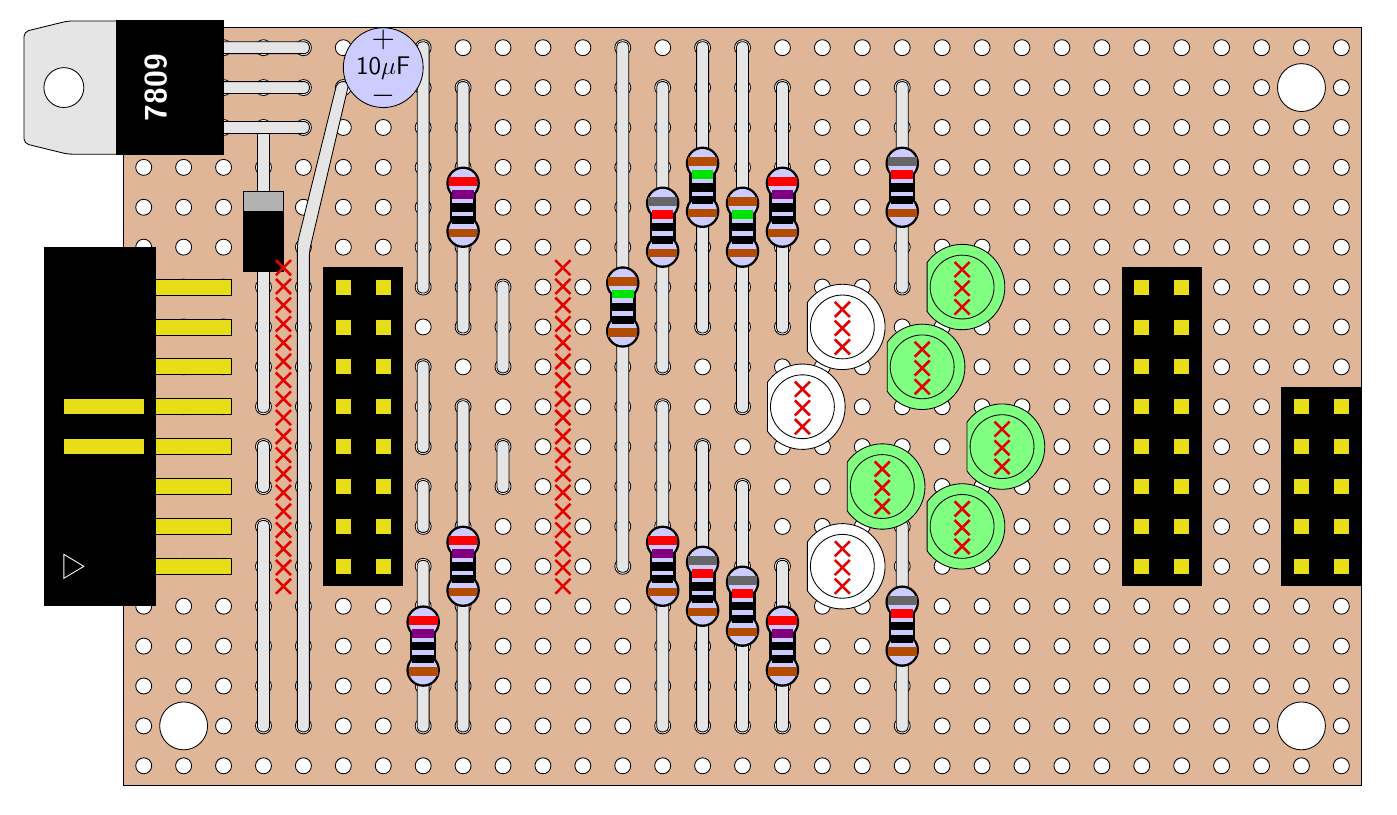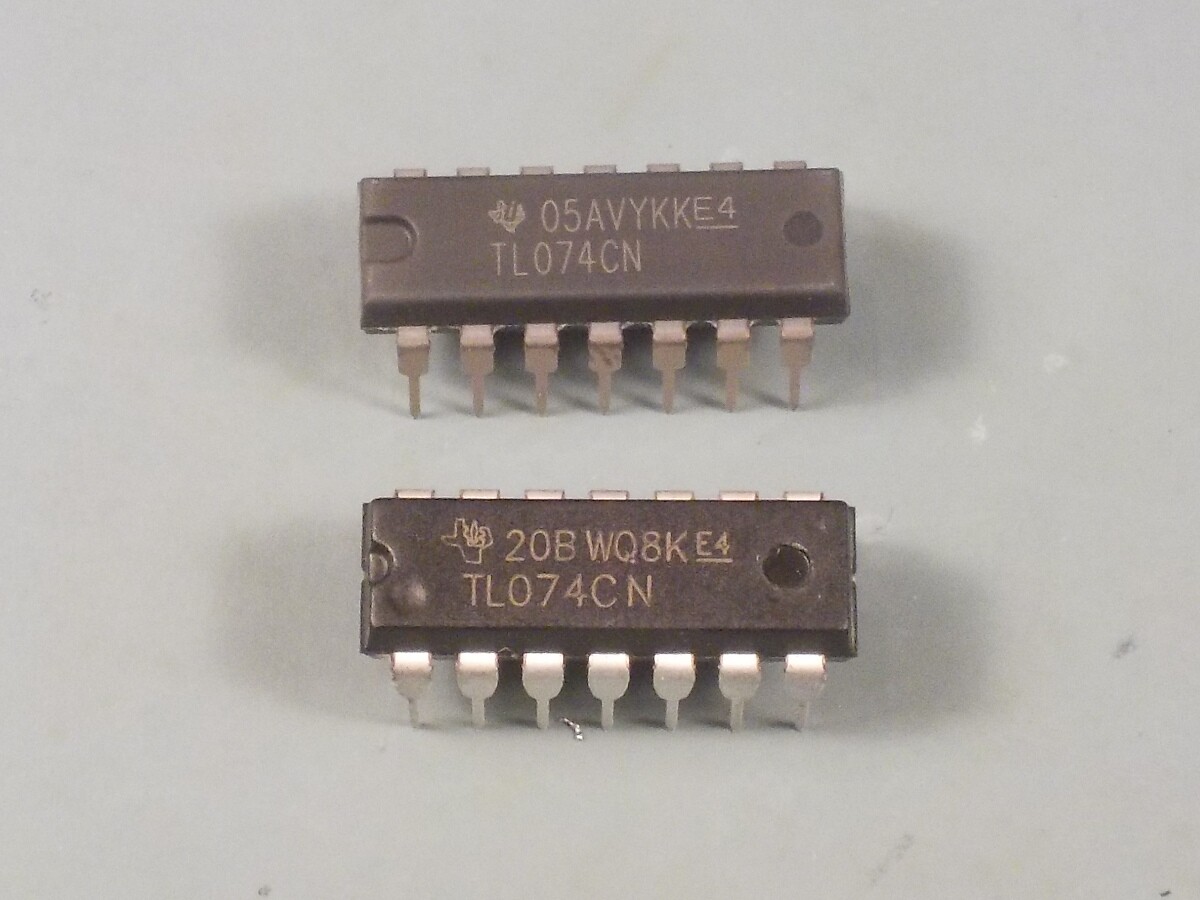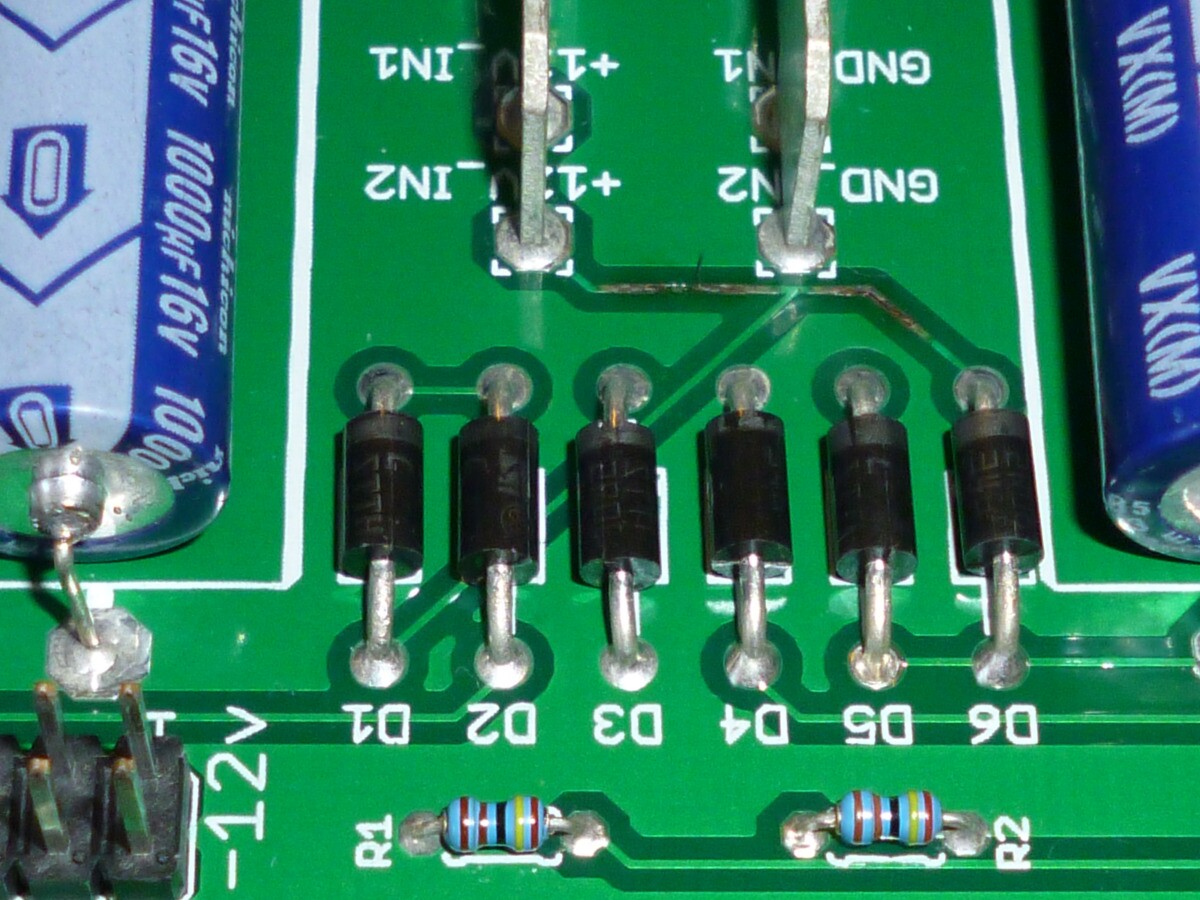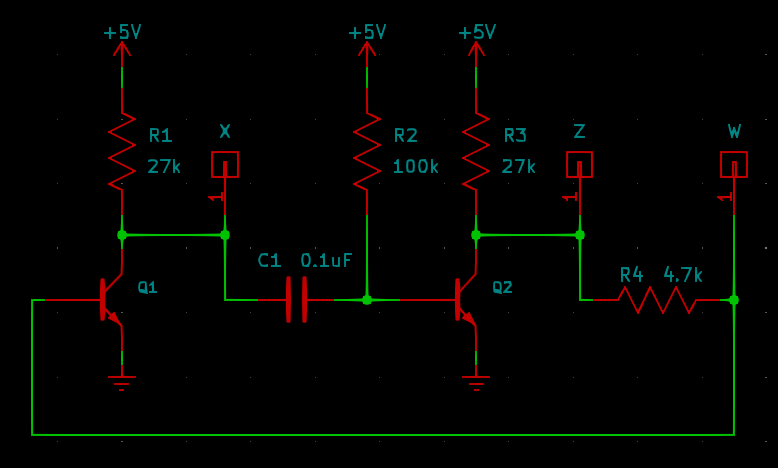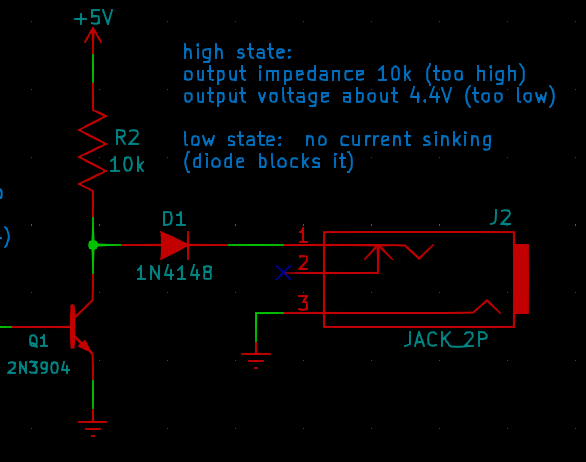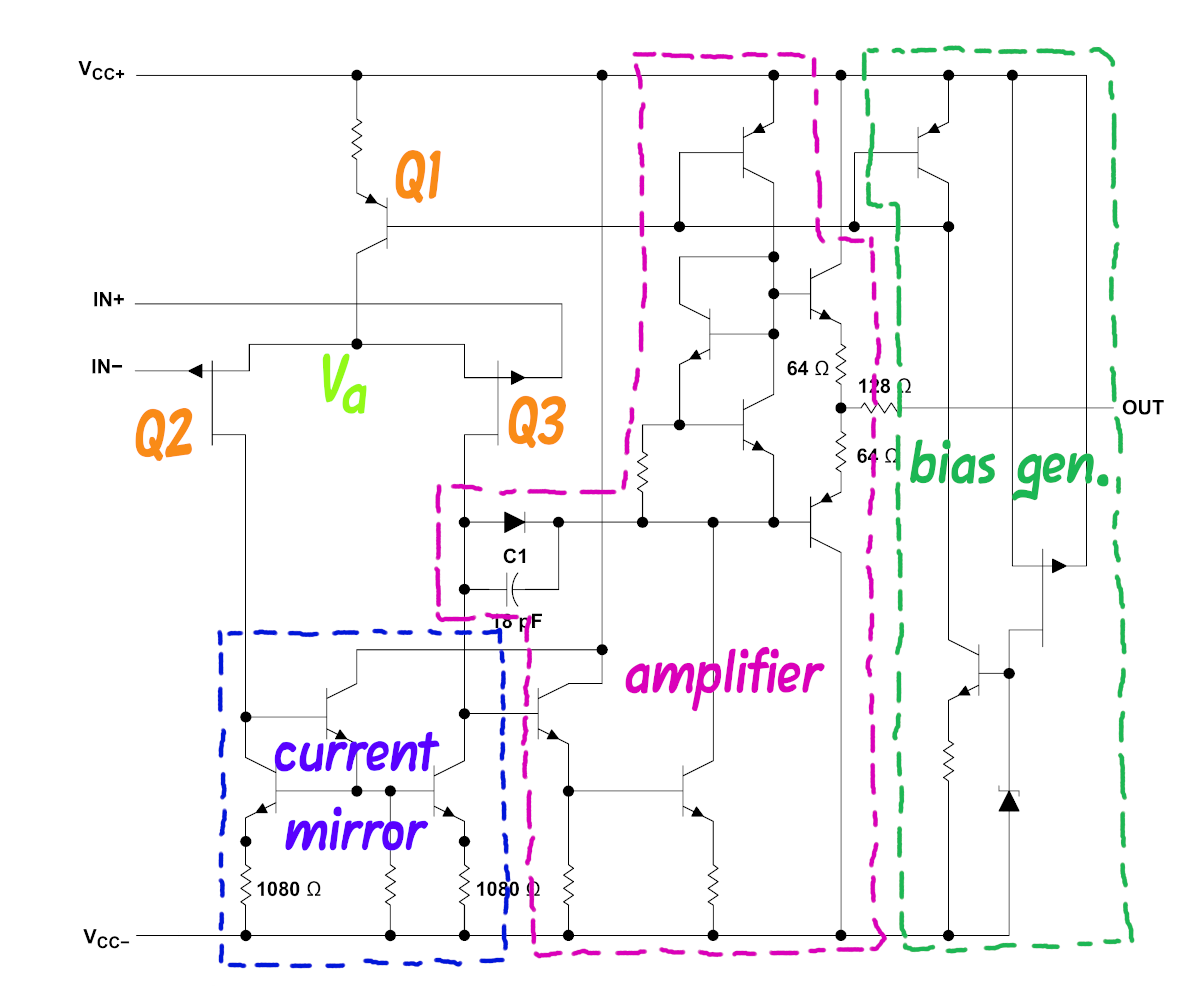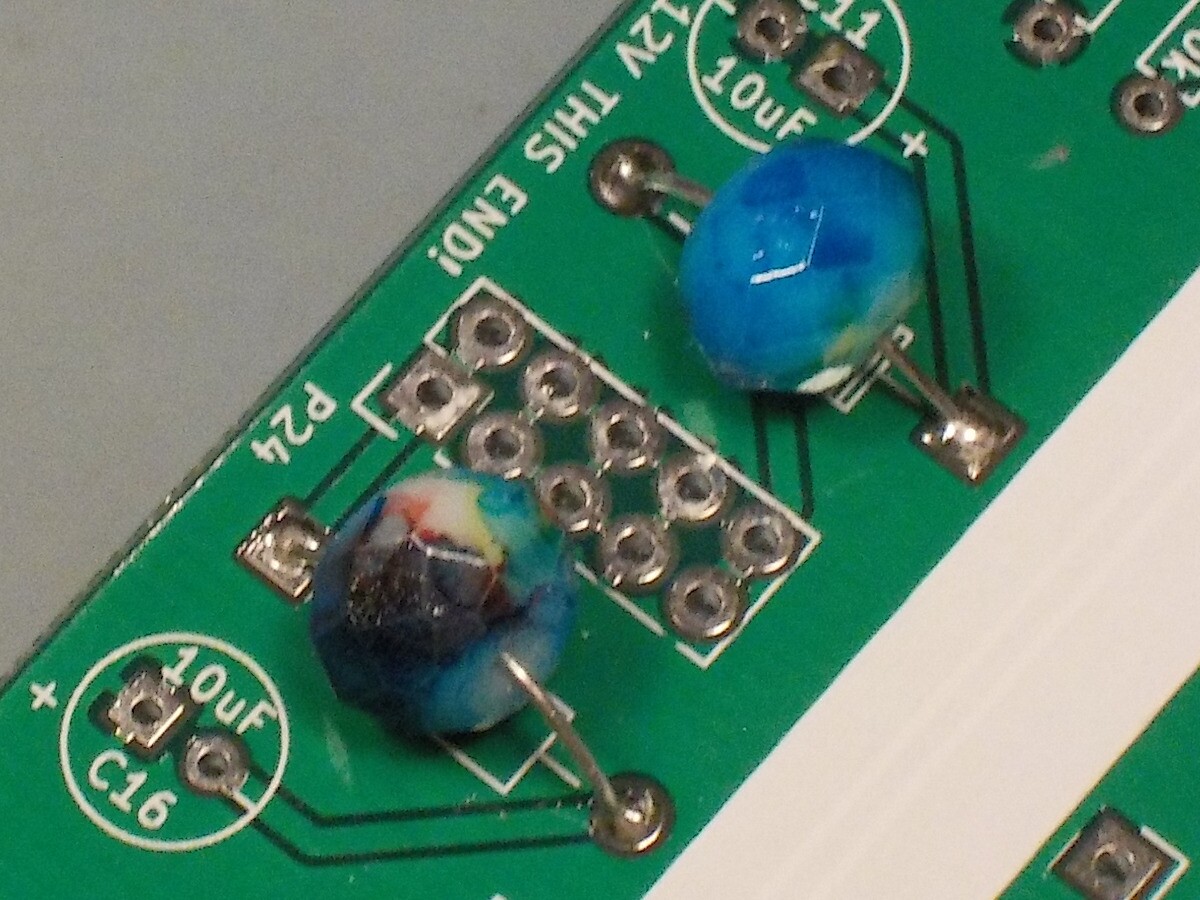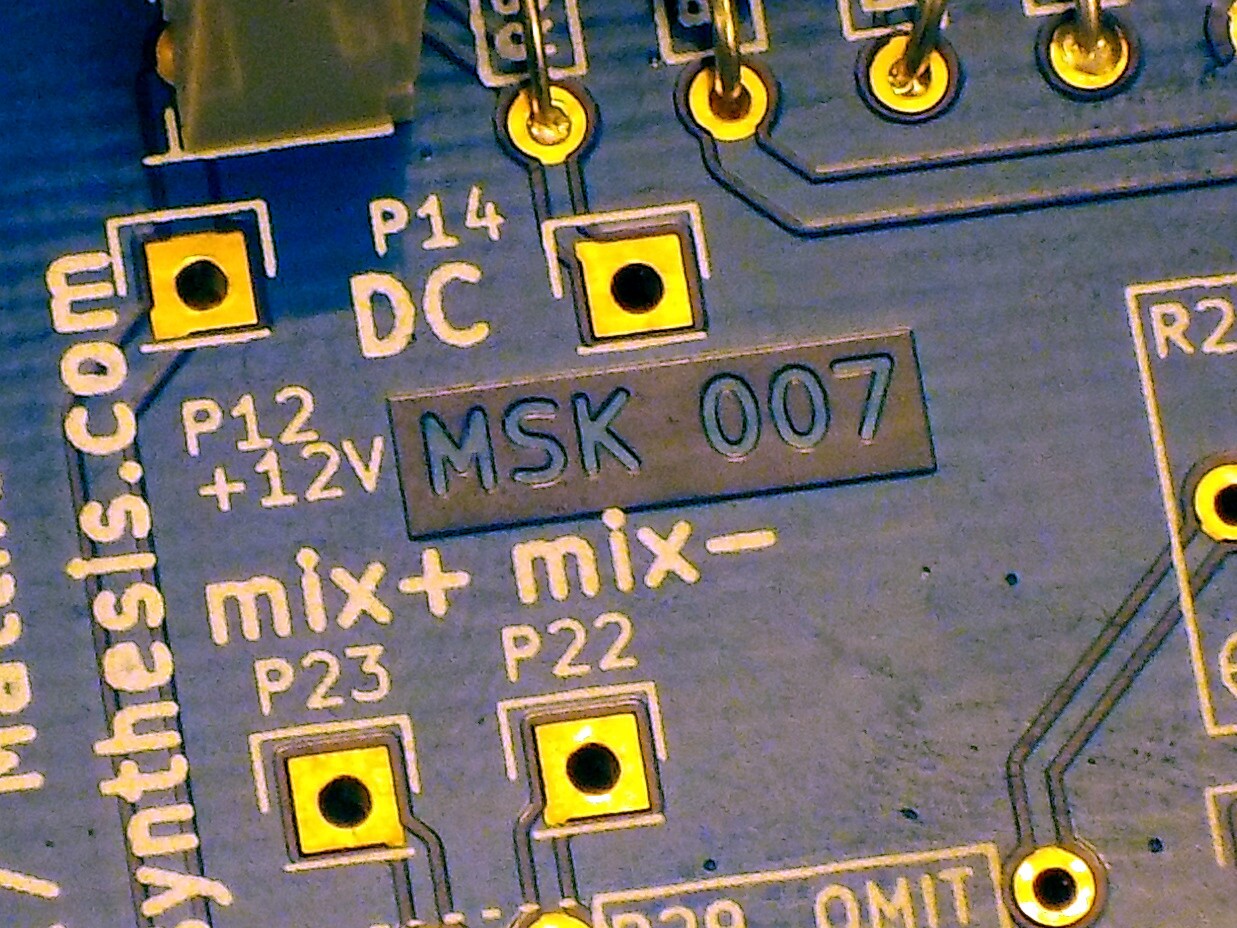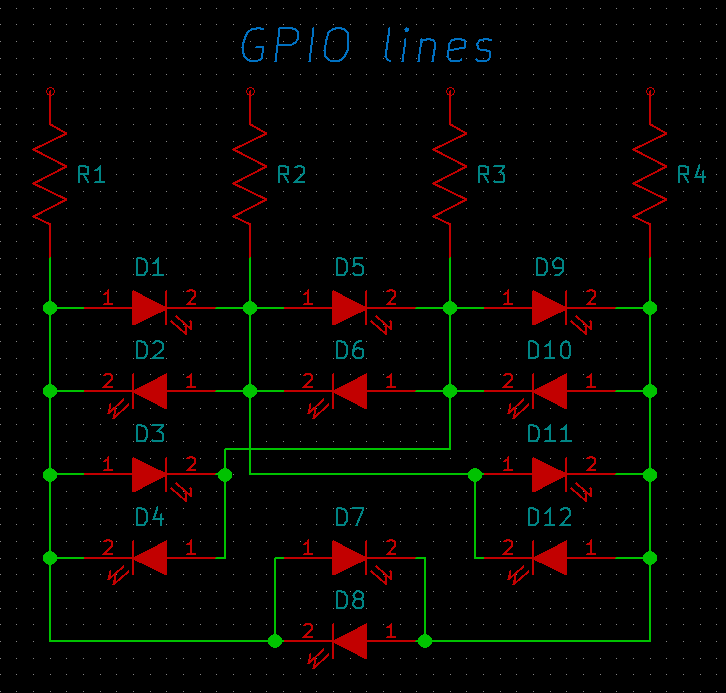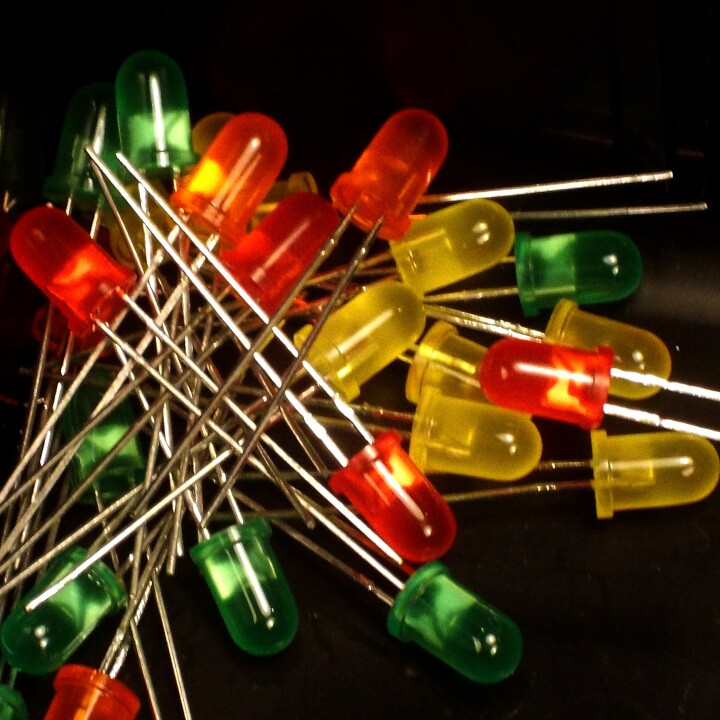tag "electronics"
Power cycling and extra switches
As human beings we're quite familiar with the idea of things wearing out with use. If you hang a piece of clothing up in a closet and seldom wear it, then unless something happens like moths eating it, you can take it out years later and it'll still be good - whereas if you're wearing it every single day and washing it frequently, it may show visible damage and no longer be as good after just a few weeks. Many things in our world are like that, and we naturally expect electronic equipment to be included. Many synth users have, consciously or unconsciously, the idea that for each module there's an hour meter ticking away somewhere, like a car's odometer, measuring the time until the module will die or need servicing, in terms of the number of hours power is applied. READ MORE
Module wear and aging
There's a lot of confusion and worry over the idea that modules wear out or age over time, and what can be done to prevent or deal with that process. It's a part of human life that many things including our own bodies do change with use and time; and if you've spent a lot of money on musical instruments, then it's reasonable you might be worried about wearing them out or hurting them. Electronic equipment and the physics behind it are mysterious to many people. We know that invisible things like "voltage" can possibly damage electronics; it's not obvious what those invisible things are, or where they come from or how to protect the equipment; we have some idea that things in general can wear out, but may be unsure of exactly how that applies to electronics; and so modular users, and especially beginners, end up with a lot of confusion, worry, and misconceptions about wear and aging of equipment. READ MORE
Equivalent circuits
Thinking in terms of equivalent circuits is one of the basic mental skills needed for understanding electronics. I use the concept of an equivalent circuit implicitly in a lot of my writing about other things, but it's probably worth stepping back and learning about equivalent circuits in themselves. READ MORE
All about normalling
If you plug a patch cable into an input jack on a module, the module receives the signal from that cable. What if you don't plug a cable into the input - what will the module do? Let's look into that in detail. READ MORE
A stripboard Eurorack power cable tester
Here's a little project I put together to solve a specific problem: checking power cables for shorts. I made it using the parts I had on hand, and if you build one yourself you may well end up wanting to make changes, so I'm not going to prepare a complete set of documentation or sell kits or anything. I don't think it's going to be popular enough for selling them to be profitable. But if, like me, you're in a position of needing to check a lot of power cables, you might find these notes useful in designing your own tester. READ MORE
Beware fake parts
There are a lot of counterfeit electronic parts in circulation. It's especially a problem with parts that are obsolete, hard to find, or expensive; sold privately in places like eBay or AliExpress at unusually low prices; and shipped from the People's Republic of China. However, just this week I had to deal with a batch of fake TL074 op amps from a well-known US distributor. Here are some notes that might help others avoid, or at least debug, similar problems. READ MORE
PCB design mistakes
Electronic design is sometimes imagined to begin and end with the schematic. Whoever drew the schematic gets the "designer" credit; hobbyists search the Web for "free schematics" and just assume they will encounter no issues getting from there to a working build; and technical documentation for modules (including my own) focuses on displaying and explaining a clear schematic rather than giving much or any coverage to the PCB design. READ MORE
Logic, before ICs
So, you want a simple digital logic function in a synthesizer. Maybe it's an AND gate, or a couple of XORs, maybe as much as a shift register. How will you build it? READ MORE
Design mistakes in synth schematics
There are a lot of bad synthesizer schematics on the Web, and it doesn't hurt their popularity. As a designer who tries to get everything right, it's somewhat disheartening to see designs with obvious, simple flaws get built commercially and cited as positive examples - and it's even worse when someone has trouble with one of my modules because they tried to connect it to the latest popular whiz-bang box which has bad levels or whatever and does not play nicely with others. In this article I'm going to talk about some of the problems I see time and time again both in free schematics published for DIY hobbyists, and in commercial modules. READ MORE
What's the deal with phase reversal?
Alternate title: "This Dad put -10V into a TL074 and here's what happened to his liver!" READ MORE
The Truth About Ferrite Beads Will Shock You
Q: The analog synth circuit I'm building calls in the schematic for ferrite beads on the power rails, but it doesn't give any further information. What kind of beads should I use? READ MORE
Designing for adjustment
Testing and adjustment are often underestimated in DIY circuit design. It's all very well to choose exactly the right topology and component values for a circuit; but even with a perfect design on paper or in the simulator, how does one get from there to a physical construction that correctly realizes that design? READ MORE
How to choose component values
When I draw the first draft of a new circuit design, I'll usually work out the topology of the circuit first, and leave out any component values unless it's instantly obvious what they need to be. The topology means which components exist and how they connect to each other, and it's a separate step from deciding their values. I'll come back and fill in the missing values later. There's interaction between these two steps, and I may well modify the topology in later drafts of the schematic as the requirements become clearer, but there's still a definite progression from working on the topology to specifying the component values. READ MORE
Driving LEDs digitally
In the last entry I described the electrical requirements of LEDs and how to drive them in the context of analog circuitry. When you want to indicate information with the brightness level of a single LED, as in my Transistor ADSR where the LED directly shows the progress of the envelope, it's appropriate to use an analog driver which provides current proportional to the desired light output. But another common use of LEDs is many of them at once, to display information like the shift direction in an octave switch, or even numeric digits in a 7-segment display. For those kinds of applications, it's appropriate to use a digital style of driver circuit. READ MORE
LEDs and analog drivers for them
Light-emitting diodes! They're all over our electronic equipment; but what are they all about, really? The underlying concepts are simple, but there are a lot of frequently-asked questions that show there's confusion among hobbyists about how LEDs work and how to apply them in circuits. Here are some notes on that. READ MORE
